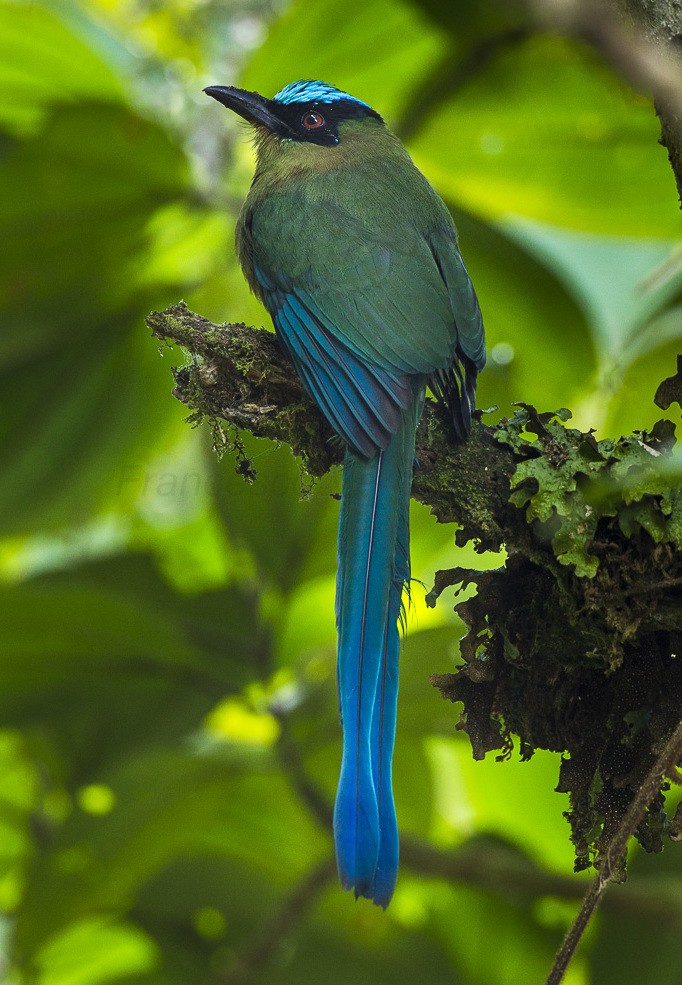Andean Motmot
A species of Blue-crowned and russet-crowned motmots, Also known as Andean Blue-crowned Motmot Scientific name : Momotus aequatorialis Genus : Blue-crowned and russet-crowned motmots
Andean Motmot, A species of Blue-crowned and russet-crowned motmots
Also known as:
Andean Blue-crowned Motmot
Botanical name: Momotus aequatorialis
Genus: Blue-crowned and russet-crowned motmots
Content
Description General Info
 Photo By Francesco Veronesi , used under CC-BY-SA-2.0 /Cropped and compressed from original
Photo By Francesco Veronesi , used under CC-BY-SA-2.0 /Cropped and compressed from original Description
The Andean motmot or highland motmot (Momotus aequatorialis) is a colorful near-passerine bird found in the forests and woodlands from northern Colombia to western Bolivia. This bird can be also found in El Salvador, Guatemala, Honduras, Nicaragua, and the west area of Costa Rica. 
Size
48 cm
Colors
Black
Green
Yellow
Blue
Life Expectancy
20 years
Nest Placement
Cavity
Feeding Habits
Andean Motmot predominantly consumes invertebrates, employing active foraging and precise hunting to capture prey. Notable for its dietary adaptations, andean Motmot displays a preference for variety within its carnivorous diet, often seen hunting at dawn or dusk.
Habitat
The andean Motmot finds its home predominantly in humid montane forests, frequently in proximity to streams, and is also present along forest margins and in regrown secondary forests. This species thrives best in these dense woodland environments where they often remain motionless, blending into the foliage despite their considerable size. Renowned for nesting within burrows excavated in earthen banks, the andean Motmot lays a clutch typically consisting of three to four immaculate white eggs.
Dite type
Omnivorous
General Info
Feeding Habits
Bird food type
Distribution Area
The Andean motmot is resident in the Andes from Colombia south to Bolivia. In Colombia, occurs in all three major cordilleras, but in Ecuador, Peru and Bolivia found only along the eastern side of the Andes. The southernmost reported records are in the department of La Paz, northwestern Bolivia. The elevational distribution is 1500–3100 m in Colombia, 1000–2100 m in Ecuador, 1000–2400 m in Peru and 1600–1900 m in Bolivia. 
Species Status
Not globally threatened.